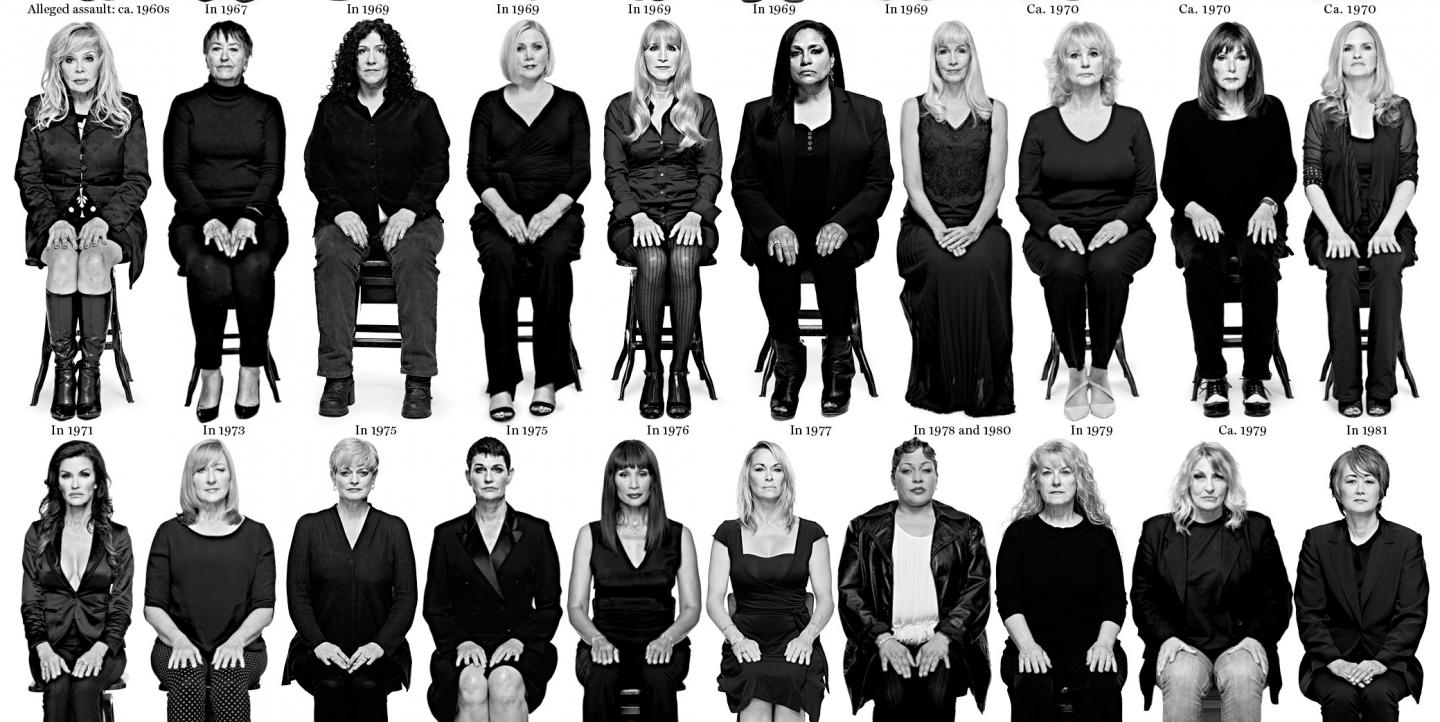New York Magazine’s cover story featuring 35 women accusing TV personality Bill Cosby of sexual assault was a standout in many ways: the cover image itself, with all the women seated in chairs in a single shot; the depth of the written coverage; the manner in which the writers told each victim’s story individually and how the magazine used both its print and digital assets in distinct ways to achieve all of this.
The coverage also offered an opportunity for the publication to try out new tactics on social media, especially Instagram. There, the magazine debuted a number of “audiograms.” Each audiogram was a photo of one of the women, with text spelling out a portion of what she said and -- most powerfully -- an audio clip layered over the visuals so that users could hear a bit about her experience in her own voice.
Engagement Editor Lainna Fader told IJNet that, as the investigation came together and there was a month to go before the publication date, the staff started thinking about what to do on social that would “make it all come alive.” The thinking was also to focus on platforms where the magazine had a built-in audience. (Its Instagram account is 260,000 followers strong.)
“We thought about cutting down videos to 15 seconds or just posting photos,” Fader says.
In the end, everyone embraced the idea of layering audio as opposed to posting short videos.
“It made it an entirely different experience,” she says, as compared to what was offered on the website or on any of the magazine’s other channels. “We consider it a completely different product.”
Plus, when New York Magazine’s web page went down shortly after the coverage went live, Instagram became the place to hear the female subjects speak.
The most popular audiogram, of Joyce Emmons, so far has 2,130 “likes” and counting. Fader says, altogether, between her team -- three social media editors plus herself -- as well as photographers and designers, at least a dozen people made the special Instagram posts happen.
As far as selecting the audio clips and quotes to use, she describes the process as chaotic, since interviews with the female accusers were being done up just days before everything went to press.
“We combed through audio files and were looking at video files up until a couple days before,” Fader says.
Ultimately, most of the text for the audiograms came from copy that appeared in the print magazine and the audio was pulled from video interviews done during reporting. A lot of it could be considered “Instagram exclusive,” she notes.
The positive response to the story’s treatment on Instagram has spurred New York Magazine to take on a second audiogram project. Beginning a few weeks ago, the publication began collaborating with WNYC to give snippets about summers in the Big Apple. Much lighter in tone, the audio, photos and texts talk about things like ice cream. WNYC has handled the audio interviews with New Yorkers, and New York Magazine handles the rest of the Instagram posts.
“It’s been really interesting to see audio from radio come alive on Instagram,” Fader says. “We wanted to do something unique and test the boundaries, and we’re thankful people noticed.”
Read how five other news organizations are experimenting with Instagram here.
Listen to an audiogram below:
Image used with permission from New York Magazine

